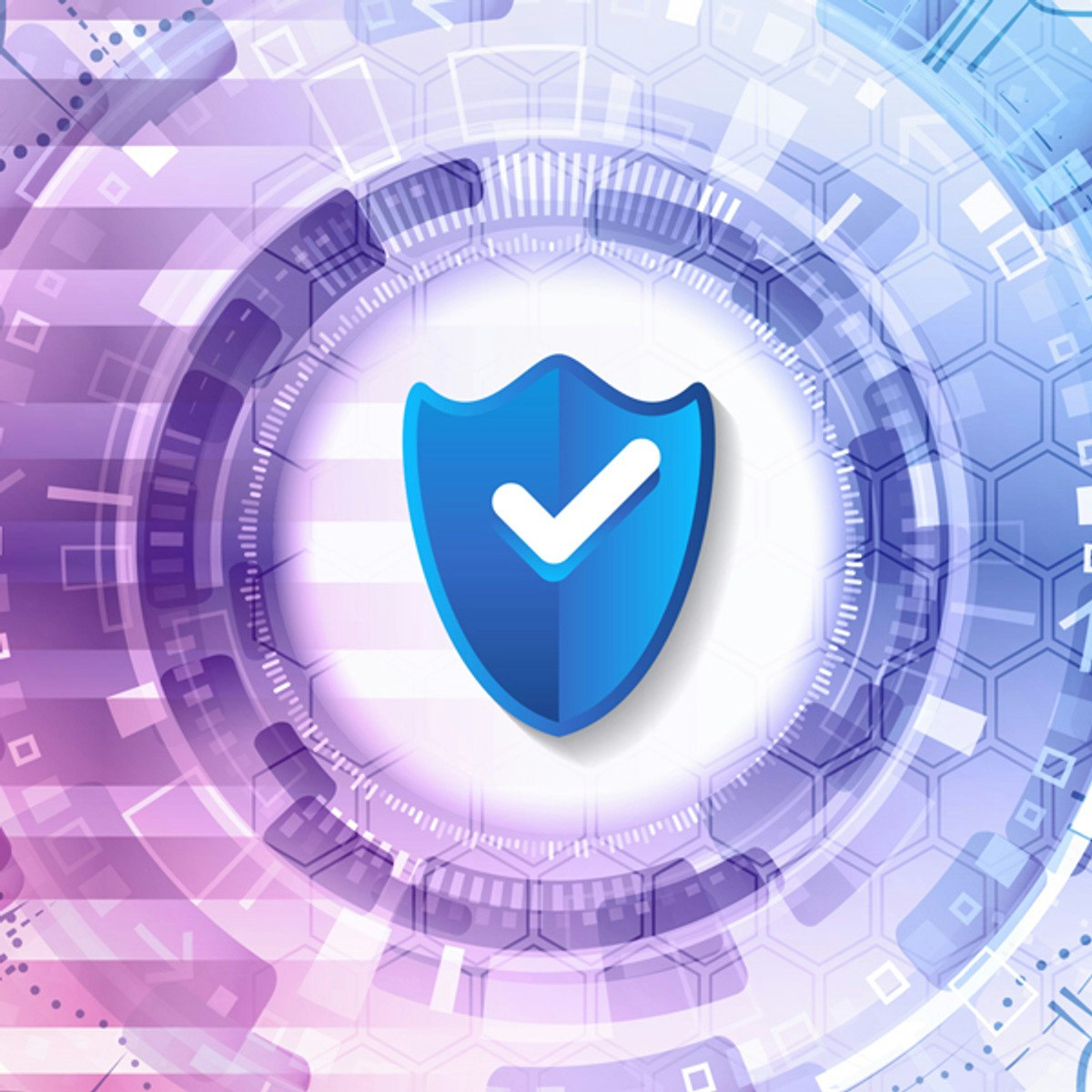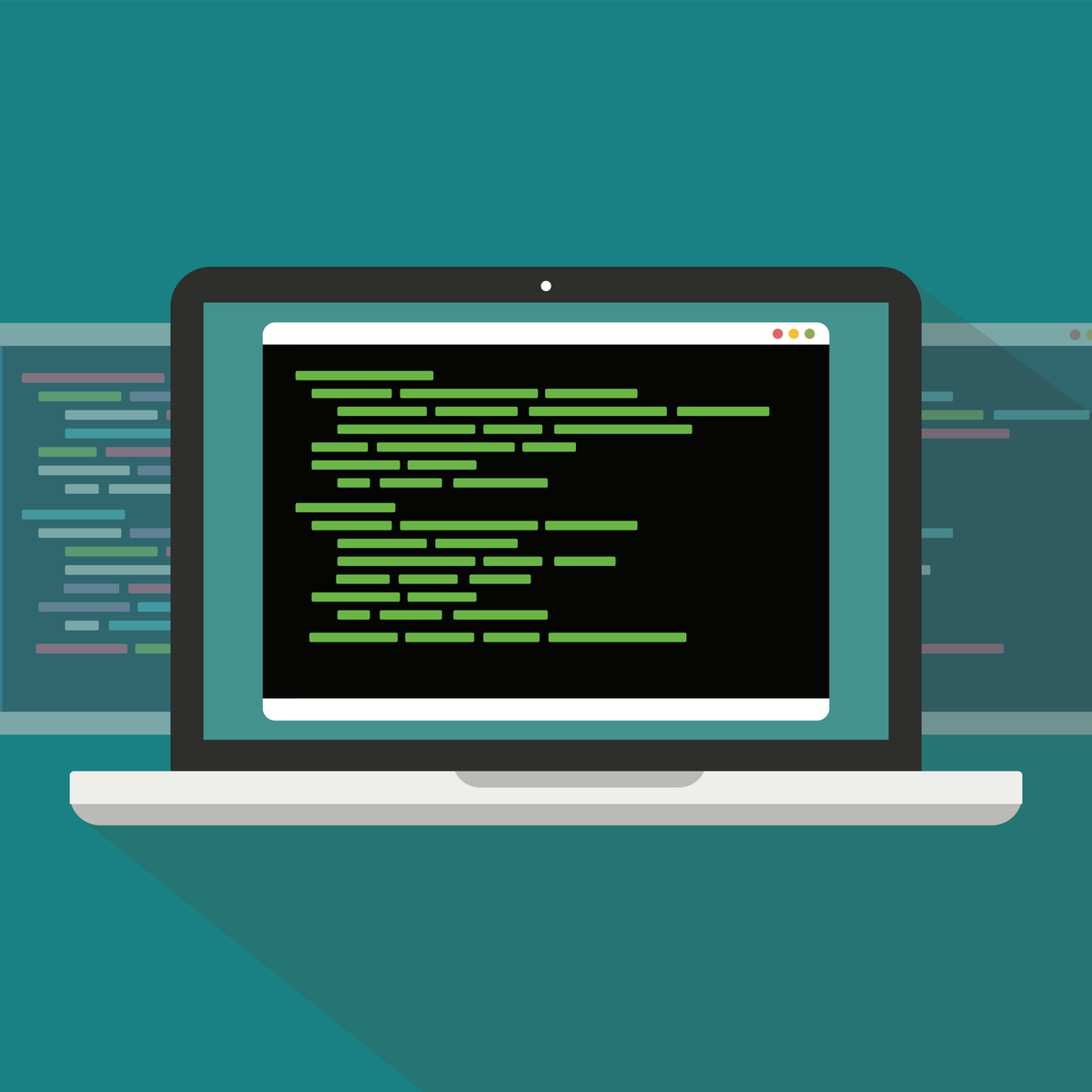Back to Courses









Security Courses - Page 2
Showing results 11-20 of 173

Securing Virtual Machines using BeyondCorp Enterprise (BCE)
This is a self-paced lab that takes place in the Google Cloud console. In this lab, you will learn how you can use Identity-Aware Proxy (IAP) TCP forwarding to enable administrative access to VM instances that do not have external IP addresses or do not permit direct access over the internet.

Implementing a Risk Management Framework
The ultimate destination for a security manager is the Chief Information Security Officer (or Chief Security Officer) a senior executive role responsible for all cybersecurity operations in the organization. But how do you get from entry-level IT or security employee to the CISO’s office and what do you need to know when you get there? This course examines the career path and requirements to be an effective CISO, as well as the roles and responsibilities of the position.
In this course, a learner will be able to:
● Identify the career development and path of a Cybersecurity professional from entry-level to CISO
● Define and describe the role and function of a CISO in planning for cybersecurity
● Identify the development of a cybersecurity governance program and the role the CISO would play in it
● Discuss the strategic responsibilities of the CISO in overseeing an organization’s cybersecurity program

Splunk Search Expert 102
Take the next step in your knowledge of Splunk. In this course, you will learn how to use time differently based on scenarios, learn commands to help process, manipulate and correlate data.

Master How to Manage Linux Applications
In this 1-hour long project-based course, you will learn how to Print, manage and kill Linux processes using the terminal, Use job control to postpone the execution of jobs and regain it, and automate the specific script at a specific time using crontab.
Note: This course works best for learners who are based in the North America region. We’re currently working on providing the same experience in other regions.

Hands-On Labs in Google Cloud for Security Engineers
Security is an uncompromising feature of Google Cloud services, and Google Cloud has developed specific tools for ensuring safety and identity across your projects. In this course you will get added hands-on practice understanding and securing resources with multiple Google Cloud services including Google Kubernetes Engine (GKE).
This course is unlike other courses, in that it consists of one module of background videos, followed by a series of hands-on practice exercises on Google Cloud via Qwiklabs. The practice modules include no videos, lectures, or quizzes - just more practice on real Google Cloud.
If you enjoyed this course, you can check out the full quest including a challenge lab that requires a solution to be built with minimal guidance. You will have an opportunity to earn a Google Cloud digital Skill Badge on completion as well! Visit - google.qwiklabs.com and look for ‘Secure Workloads in Google Kubernetes Engine’ and ‘Ensure Access & Identity in Google Cloud’.

Principles of Secure Coding
This course introduces you to the principles of secure programming. It begins by discussing the philosophy and principles of secure programming, and then presenting robust programming and the relationship between it and secure programming. We'll go through a detailed example of writing robust code and we'll see many common programming problems and show their connection to writing robust, secure programs in general. We’ll examine eight design principles that govern secure coding and how to apply them to your own work. We’ll discuss how poor design choices drive implementation in coding. We’ll differentiate between informal, formal, and ad hoc coding methods. Throughout, methods for improving the security and robustness of your programs will be emphasized and you will have an opportunity to practice these concepts through various lab activities. A knowledge of the C programming language is helpful, but not required to participate in the lab exercises.

Introduction to C++
This course is an introduction to the course. It presents the teacher, the tools and the content of the courses and explains why C/C++ is important. This course also covers C/C++ particularities a programmer needs to know to create secure programs using these languages.

Introduction to Cybersecurity for Business
The world runs computers. From small to large businesses, from the CEO down to level 1 support staff, everyone uses computers. This course is designed to give you a practical perspective on computer security. This course approaches computer security in a way that anyone can understand. Ever wonder how your bank website is secure when you connect to it? Wonder how other business owners secure their network? Wonder how large data breaches happen? This is practical computer security. It will help you answer the question – what should I focus on?

Fraud Detection on Financial Transactions with Machine Learning on Google Cloud
This is a self-paced lab that takes place in the Google Cloud console.
Explore financial transactions data for fraud analysis, apply feature engineering and machine learning techniques to detect fraudulent activities using BigQuery ML.

Data Privacy Fundamentals
This course is designed to introduce data privacy to a wide audience and help each participant see how data privacy has evolved as a compelling concern to public and private organizations as well as individuals. In this course, you will hear from legal and technical experts and practitioners who encounter data privacy issues daily. This course will review theories of data privacy as well as data privacy in the context of social media and artificial intelligence. It will also explore data privacy issues in journalism, surveillance, new technologies like facial recognition and biometrics. Completion of the course will enable the participant to be eligible for CPE credit.
Popular Internships and Jobs by Categories
Find Jobs & Internships
Browse
© 2024 BoostGrad | All rights reserved